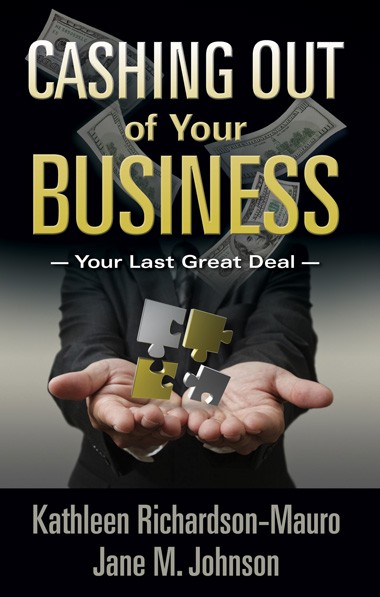The nuts and bolts of sustainable investment strategies
Post on: 16 Март, 2015 No Comment

Investment button image by 102166600 via Shutterstock.
In the book Green Investing: More Than Being Socially Responsible , author J. Patrick Costello offers a guide for investors wishing to make their investment portfolios sustainable; that is, investing in a manner that accounts for the long-term risks and opportunities associated with environmental, social and corporate governance (ESG) factors.
Sustainable investment has increasingly become the primary strategy of many pension funds and other institutional investors, as their long-term outlook aligns with the tenets of the practice. But as Costello points out, it is not only the financial interests of future generations that benefit from sustainable investment.
The canard that socially responsible investing (SRI) inevitably leads to less than optimal investment returns can be quickly dispelled by looking at the facts, he writes.
Citing a 2012 study finding that the Calvert Social Index outperformed the S&P 500 over a five-year period, he continues, SRI can deliver competitive performance, does not involve an emphasis on obscure investments, does not require an excessive time commitment and does not depend upon the investor becoming an expert analyst.
As Costello points out, a wealth of published academic research concludes there is no financial penalty to building a sustainable investment portfolio. What makes green investing stand out is the degree to which the author, himself a certified financial planner (CFP), outlines the nuts and bolts of such a strategy.
Emphasizing the rigorous training required of CFPs, Costello warns that major Wall Street brokerage houses have been accused by financial advisers employed by them of systematically pressuring the sales force to sell the firm’s proprietary products over competitor’s investments also offered by the firm.
In other words, he points out, advisers employed by such brokerage houses may in fact be little more than salesmen whose advice is marred by conflicts of interest.
Any student of the financial crisis and its aftermath will be well aware of such a phenomenon; major investment banks such as Goldman Sachs, according to a 2011 report by the U.S. Senate’s Permanent Subcommittee on Investigations, contributed to the financial crisis by designing, marketing and selling collateralized debt obligations in ways that created conflicts of interest with the firm’s clients and at times led to the bank’s profiting from the same products that caused substantial losses for its clients.
And as the subcommittee’s chairman Carl Levin stated following JPMorgan Chase’s losses in the London Whale episode in 2012, The enormous loss JPMorgan announced today is just the latest evidence that what banks call ‘hedges’ are often risky bets that so-called ‘too big to fail’ banks have no business making.

Separation of function is very important, Costello writes. Investors benefit when financial advice, fund management and fund-rating analysis are each provided by a different, unrelated entity.
A lengthy chapter describes for the unsophisticated investor the process of building an investment portfolio. Before you select specific securities or funds, and before you implement the SRI screening process, you should generate a high quality portfolio template with projected volatility that is calibrated not to exceed your risk tolerance, the author advises. Additionally, investors should perform due diligence on the financial adviser in order to ensure his or her priorities are aligned. Trust but verify, the author concludes.
In an email, Costello shared the aims of his book. My whole purpose in getting behind this effort is to streamline and focus the message and reach the typical investor, he wrote. I want to lend my energy to a movement that could push hundreds of billions of investor dollars toward the corporations and governments that do the better job of protecting the environment, nurturing their employees and governing their enterprises well.
Furthermore, There’s a lot of other basic prudent information about investing in today’s investing environment that we all need to know, beyond the nuts and bolts of SRI. What good is knowing about SRI if you can’t build a reasonably appropriate portfolio?
Green Investing: More Than Being Socially Responsible is more than simply a worthy addition to the literature on sustainable investment. Costello focuses on the nuts and bolts of the investment process and how to employ the process to build a sustainable portfolio that meets the investor’s financial and social needs. It is well worth reading.
The original version of this article first appeared at Social Funds. Investment button image by 102166600 via Shutterstock .














